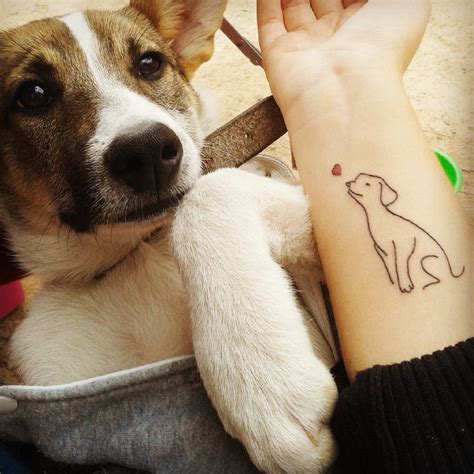3D Animal Cell Model Explained in Simple Terms
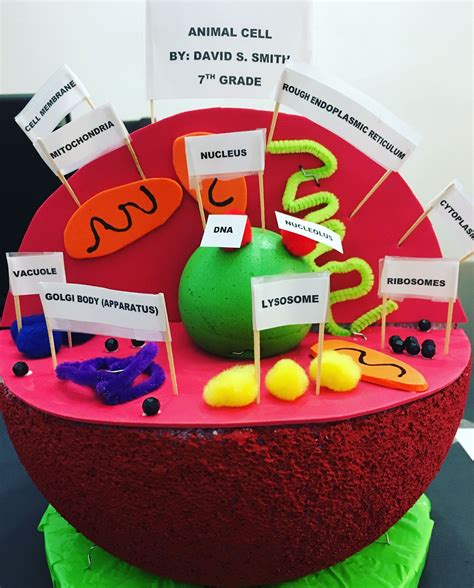
Understanding the Structure of a 3D Animal Cell Model
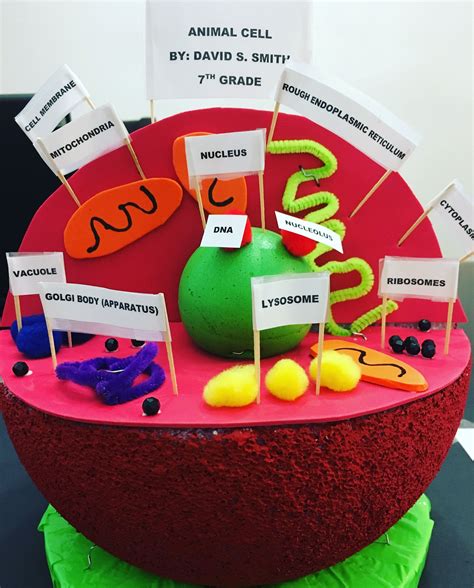
When it comes to understanding the intricacies of life, few things are as fascinating as the tiny building blocks that make up all living organisms: cells. Specifically, animal cells, which are the foundation of all animal life, are a marvel of complexity and functionality. In this article, we will delve into the world of 3D animal cell models, breaking down the components and their roles in simple terms.
The Components of an Animal Cell
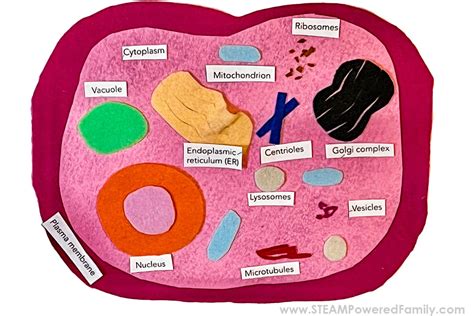
At its core, an animal cell is composed of several key components, each serving a vital function. These components include:
- Plasma Membrane: The outermost layer of the cell, the plasma membrane is a thin, semi-permeable barrier that separates the cell from its environment. It regulates the movement of substances in and out of the cell.
- Cytoplasm: The jelly-like substance inside the cell, cytoplasm is composed of water, salts, sugars, and various organelles (see below). It plays a crucial role in maintaining the cell’s structure and facilitating chemical reactions.
- Nucleus: The control center of the cell, the nucleus contains the genetic material (DNA) necessary for the cell’s growth, reproduction, and function.
- Mitochondria: These organelles are responsible for generating energy for the cell through a process called cellular respiration.
- Endoplasmic Reticulum (ER): A network of membranous tubules and cisternae, the ER is involved in protein synthesis, folding, and transport.
- Golgi Apparatus: A complex of flattened sacs and tubes, the Golgi apparatus modifies, sorts, and packages proteins and lipids for secretion or use within the cell.
- Lysosomes: These organelles contain digestive enzymes that break down and recycle cellular waste and foreign substances.
- Cytoskeleton: A network of protein filaments, the cytoskeleton provides structural support, shape, and movement to the cell.
Building a 3D Animal Cell Model
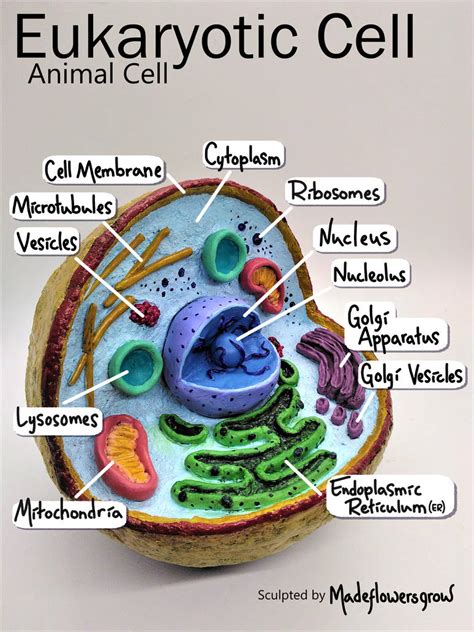
Creating a 3D animal cell model can be a fun and educational project. Here’s a step-by-step guide to get you started:
- Choose your materials: You can use a variety of materials, such as clay, play dough, or paper mache, to create your 3D cell model.
- Create the plasma membrane: Use a thin layer of your chosen material to create the outer membrane of the cell.
- Add the cytoplasm: Use a thicker layer of material to create the cytoplasm, which should fill the space inside the plasma membrane.
- Build the nucleus: Create a small, spherical structure to represent the nucleus, and place it in the center of the cytoplasm.
- Add the mitochondria: Use small, oval-shaped structures to represent the mitochondria, and distribute them throughout the cytoplasm.
- Create the ER and Golgi apparatus: Use thin, membranous structures to represent the ER and Golgi apparatus, and place them near the nucleus.
- Add the lysosomes: Use small, spherical structures to represent the lysosomes, and distribute them throughout the cytoplasm.
- Build the cytoskeleton: Use thin, fibrous structures to represent the cytoskeleton, and place them throughout the cytoplasm.
🔍 Note: Be sure to label each component of your 3D cell model so that you can easily identify them.
Understanding Cell Functionality
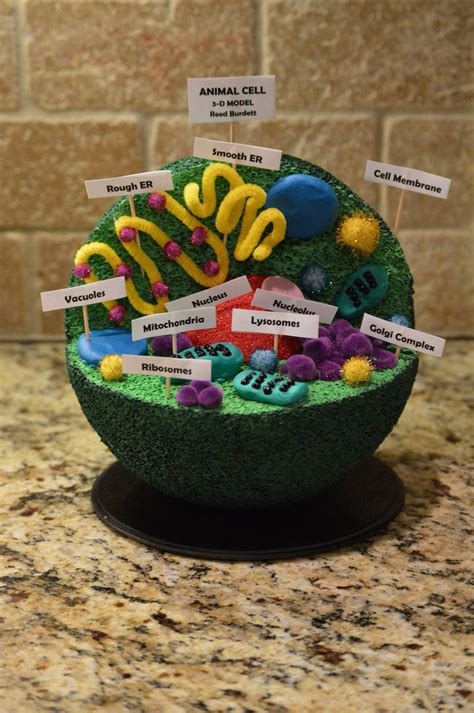
Now that we’ve built our 3D animal cell model, let’s take a closer look at how the different components work together to maintain cellular functionality.
- Cell signaling: The plasma membrane plays a crucial role in cell signaling, allowing the cell to communicate with its environment and respond to stimuli.
- Protein synthesis: The ER and Golgi apparatus work together to synthesize, modify, and transport proteins, which are essential for cellular function.
- Energy production: The mitochondria generate energy for the cell through cellular respiration, which is necessary for cellular function and growth.
- Waste management: The lysosomes break down and recycle cellular waste and foreign substances, helping to maintain cellular homeostasis.
Conclusion
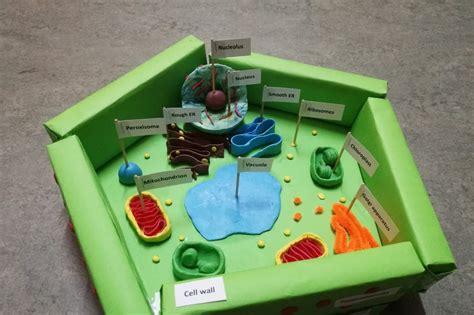
In conclusion, building a 3D animal cell model can be a fun and educational project that helps to illustrate the complexity and functionality of animal cells. By understanding the different components of the cell and how they work together, we can gain a deeper appreciation for the intricate mechanisms that govern life.
What is the main function of the plasma membrane?
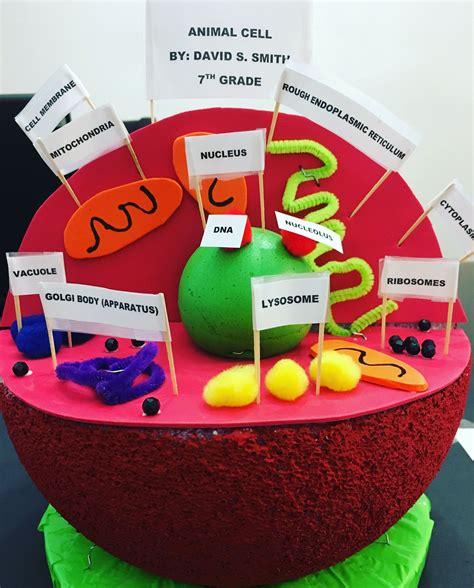
+
The main function of the plasma membrane is to regulate the movement of substances in and out of the cell, while also providing structural support and protection.
What is the role of the mitochondria in the cell?
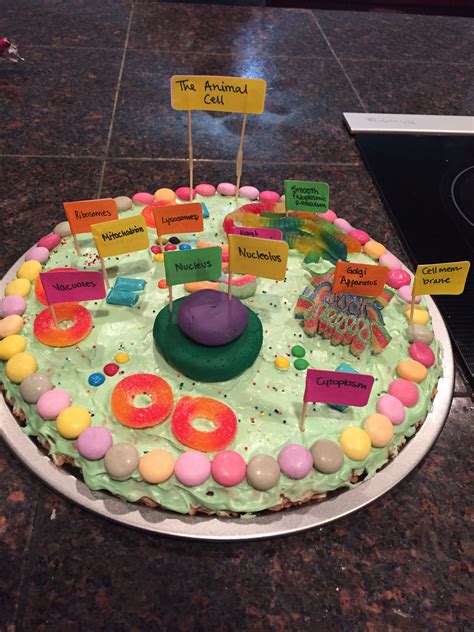
+
The mitochondria are responsible for generating energy for the cell through cellular respiration.
What is the function of the lysosomes in the cell?
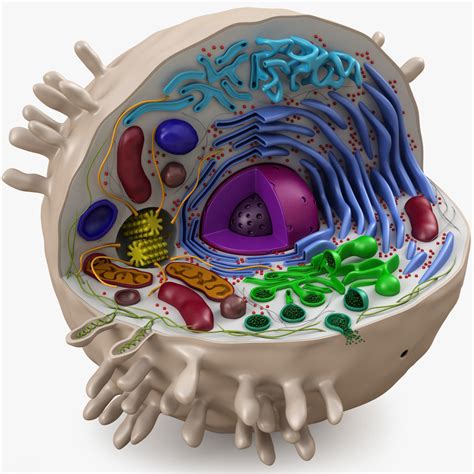
+
The lysosomes break down and recycle cellular waste and foreign substances, helping to maintain cellular homeostasis.



